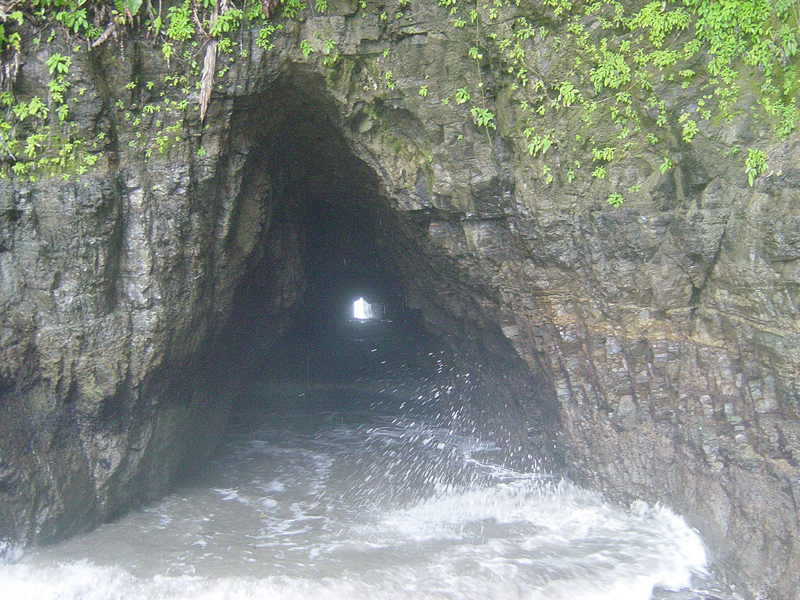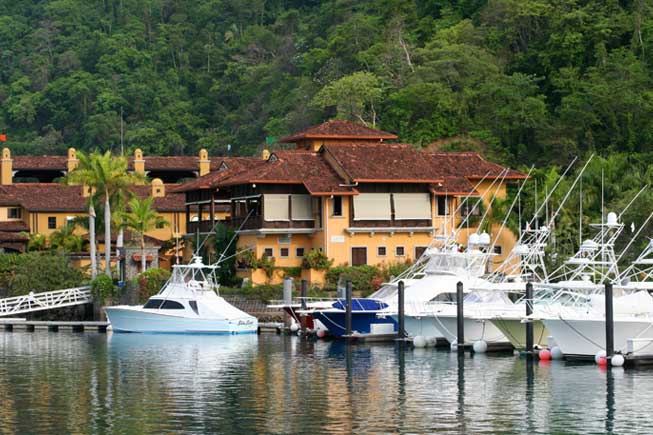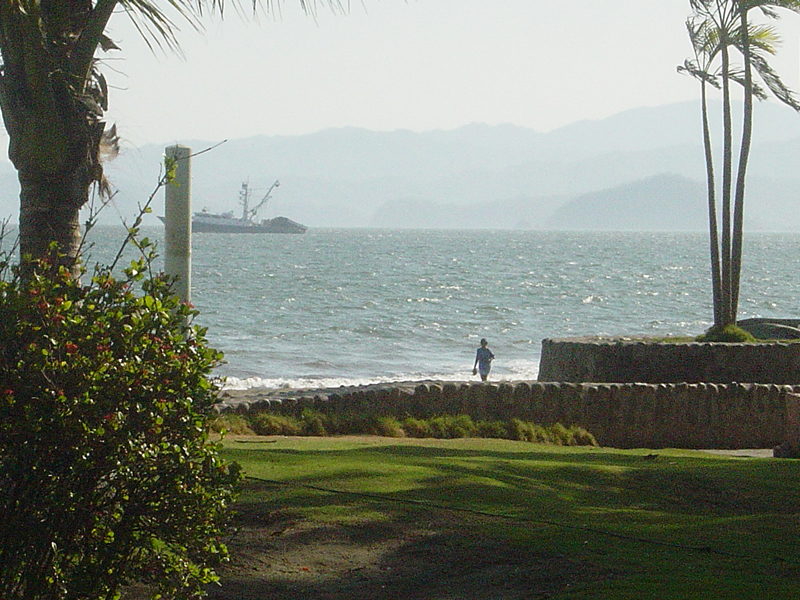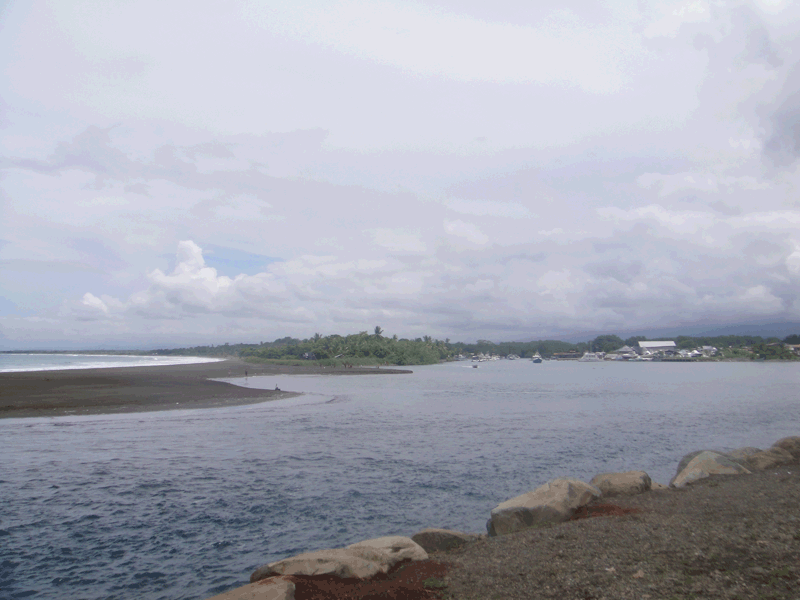The Central Pacific Region begins in the north, with Punteranas and heads south to Dominical. The region offers the closest beaches to San Jose and is one of the most popular tourist destinations of Costa Rica. In early years, the Central Pacific was used as a weekend getaway for the people of San Jose; with drive times of 1 to 2 hours the local Ticos were able to reach some of the finest beaches and vacation getaways. Over the past decade, North American tourists have found the area to be a quick destination experience while still being able to get a taste of all Costa Rica has to offer.
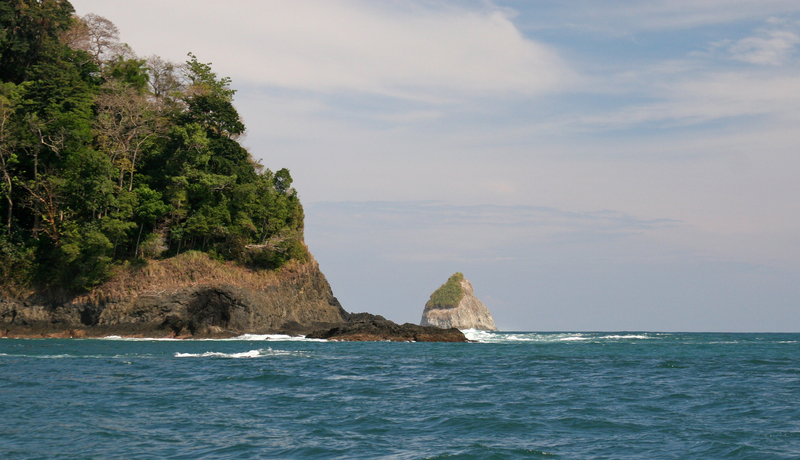 Puntarenas to the north, once a thriving port town for world exportation, is still used today as a local vacation spot for Costa Ricans. Several cruise ships a month make Puntarenas a port of call. The town has become a more transient point for the non-local tourists. Ferry boats to the Nicoya Peninsula provide a quick and easy way to access the southern portion of the peninsula.
Puntarenas to the north, once a thriving port town for world exportation, is still used today as a local vacation spot for Costa Ricans. Several cruise ships a month make Puntarenas a port of call. The town has become a more transient point for the non-local tourists. Ferry boats to the Nicoya Peninsula provide a quick and easy way to access the southern portion of the peninsula.
Traveling further south along the Central Pacific one will find Playa Herradura, one of the closest beaches to the capital, San Jose, Herradura is also home to one of the largest and finest marinas, Los Suenos Marriott. Farther along the coast is Jaco, with some of the best surfing in all of Costa Rica. The town has become a “must” experience destination for the surfer looking for constant waves year round. Plenty of restaurants, affordable hotel accommodations and sun filled beaches make this a fun and easy to get to destination.
Continuing farther south along the Central Pacific the coastal road leads you through small villages, banana plantations and palm farms, with unbelievable mountain backdrops and spectacular ocean views. Arriving next into the Costa Rican town of Quepos, a small fishing village, which tends to cater to the locals and the fishing industry. Local restaurants, small hotels and shops make this a great place to spend the day. Quepos is also located just 5 miles north of the city Manuel Antonio and Manuel Antonio National Park.
The sea side village of Manuel Antonio offers a wide range of sleeping accommodations, throughout the winding road leading in from Quepos one will find numerous hotels, inns and a variety or restaurants lining the hills leading into Manuel Antonio. The spectacular ocean views have contributed to this area becoming one of the top tourist destinations in Costa Rica. Manuel Antonio National Park is a must see destination, picture perfect white sand beaches surrounded by tropical jungles teaming with Howler monkeys and other wildlife make this a must see national park.
Leaving the Quepos area south along Highway 34, one will travel over bone rattling, pothole dirt roads that depending on the season can make the road unmanageable at times. The ride south to Dominical takes on average of 1 ½ to 2 hours and will take you through large banana plantations and palm oil tree farms. Dominical, a quiet laid-back surfing village has become a destination for the hardcore surfer, with drive times from San Jose of about 5 hours. Dominical has been spared the influx of tourists, offering unbelievable waves, long uninhabited stretches of gray white sand beaches the area caters to the surfer, backpacker and people just wanting to “chill out”.
The Central Pacific, with its influx of North American tourists is experiencing the fastest growth in all of Costa Rica. As the influx of tourist increase, so does the amenities they are looking for; chain restaurants, hotels and strip malls. Not to mention the people.
